(ECNS) -- The Lantern Festival, celebrated on the fifteenth day of the first lunar month, falls on Feb. 24 this year.
For Chinese people, eating yuanxiao or tangyuan (glutinous rice balls), enjoying lantern displays, and making nocturnal visits are traditional activities during the festival.
The diverse array of activities drive a surge in consumption, showcasing the vitality and creativity of the Chinese consumer market.
Bustling Lantern Festival market reflects China's economic vigor
Eating yuanxiao or tangyuan is the highlight of the Lantern Festival for Chinese people, symbolizing reunion and harmony in the new year.
Both online and offline consumption of this snack continues to heat up.
Data from food delivery platform Meituan shows that the sales of "tangyuan" and "Yuanxiao" a week before the Lantern Festival increased by 62.7 percent compared with the same period last year, and the search volume of the two words on the platform increased by 425.6 percent.
Qiu Yunhe, manager of the Jinfang Snack, a time-honored shop in Dongcheng District of Beijing, expected that daily sales of yuanxiao of the shop on Feb. 23 would hit 40,000 kilograms.
Besides the glutinous rice balls, dazzling lantern exhibitions in various places across China have ignited citizens' enthusiasm for "night tours" and stimulated ongoing consumer recovery.
In the Fuzi (Confucius) Temple scenic area in Nanjing, Jiangsu Province, crowds of tourists gathered to enjoy the colorful "Qinhuai Lanterns."

"Recently, we sold nearly 500 lanterns every day. Visitors buying lanterns come in all ages," said a store owner who runs a Qinhuai lantern shop nearby.
Chic yuanxiao varieties showcase Chinese creativity
This year, the shapes of glutinous rice balls are more visually striking, resembling persimmons (symbolizing auspiciousness), golden ingots (wealth and prosperity), or Chinese dragons.
In addition to traditional tangyuan, a limited edition of the glutinous rice balls for the Year of the Chinese Dragon newly launched by the Ningbo Tangtuan Shop in Shanghai, has become the most popular food in the shop.
The snow-white dragon-shaped rice balls, with eyes made of red wolfberries and sweet jujube filling, are exquisitely cute.

These uniquely shaped glutinous rice balls are made entirely by hand. It takes nearly half an hour for a dim sum chef to carve one piece, according to Xu Zhengliu, manager of the Ningbo shop.
Due to limited production capacity, only 30 were available daily initially. However, supply has been adjusted to between 200 and 300 daily these days, a tenfold increase that still cannot meet demand, Xu said.
In a supermarket, there is a variety called "Shishi Ruyi" tangyuan, shaped like persimmons and meaning "All the best." Besides its auspicious meaning, the orange skin and green leaf color scheme is quite eye-catching. Hash tags featuring "Shishi Ruyi" rice balls became a hot topic on Weibo, a Chinese social media platform, on Tuesday.
There are also handmade small dragon-shaped rice balls, dyed with natural ingredients like squid ink, beetroot powder, and pumpkin, which is not only delicious but also attractive.
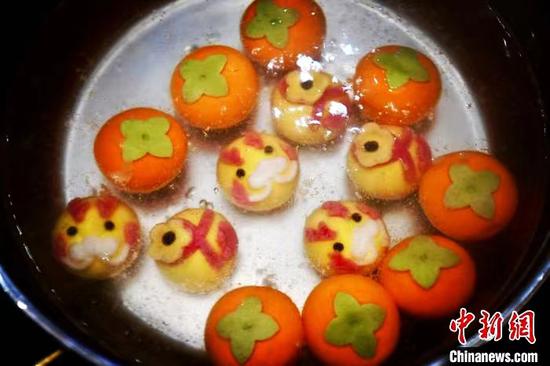
From appearance to implied meaning, and to different fillings, people are inheriting and carrying forward traditions in various ways.









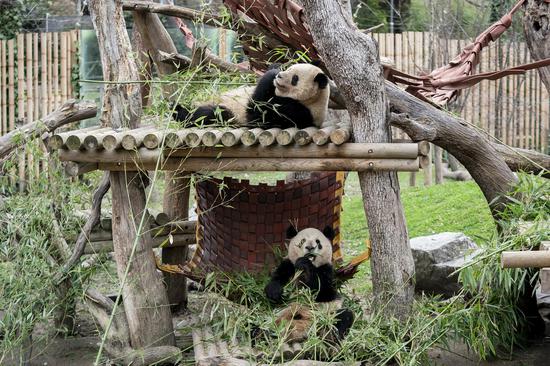

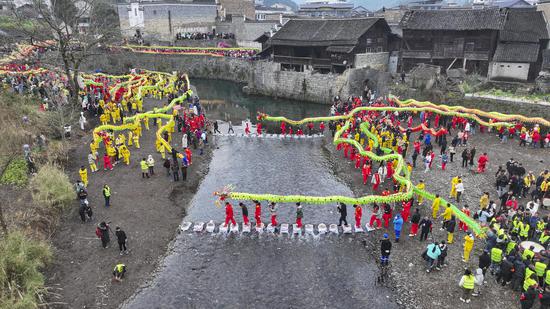
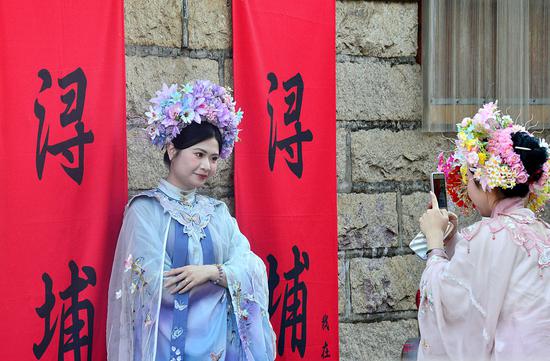
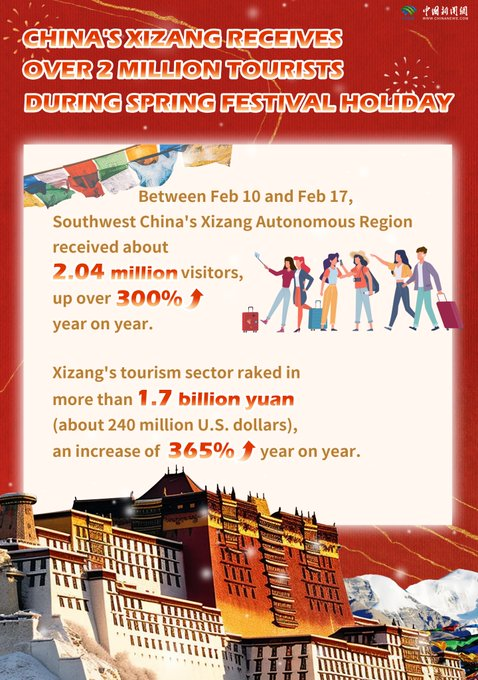


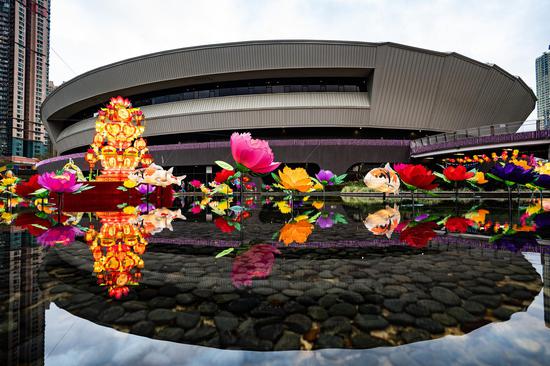
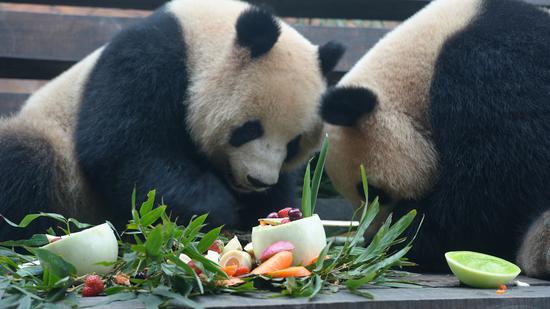



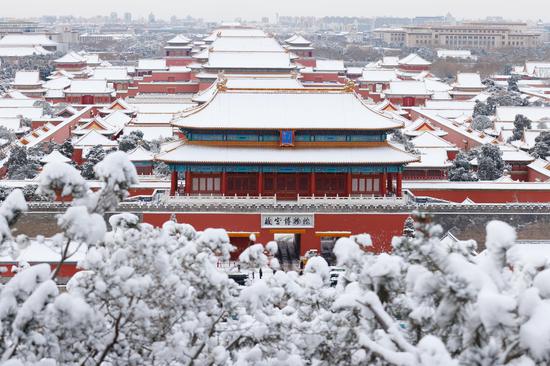
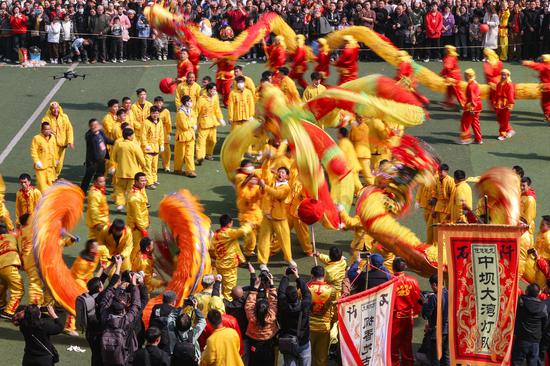


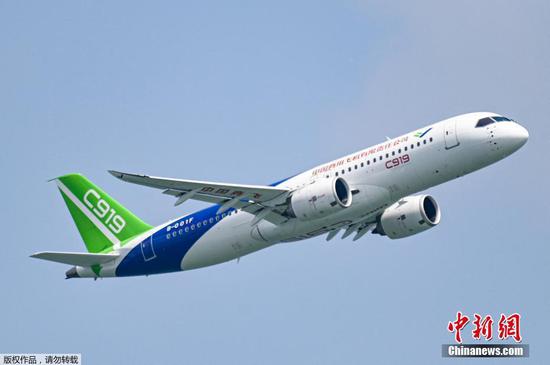
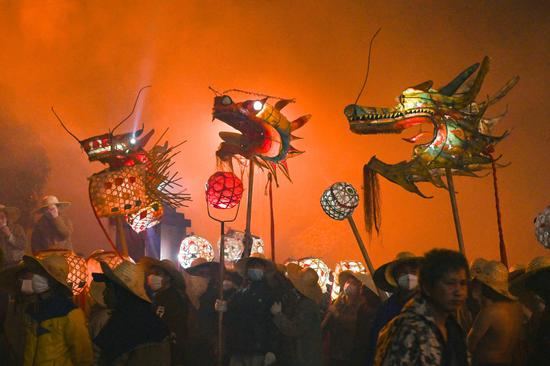
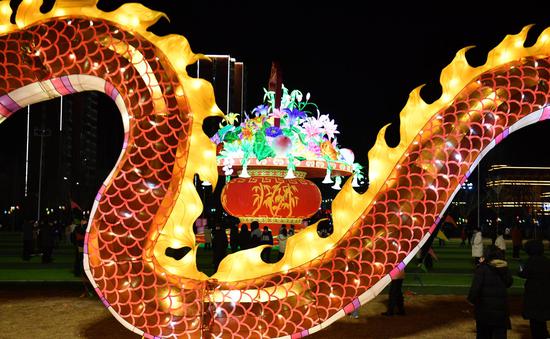

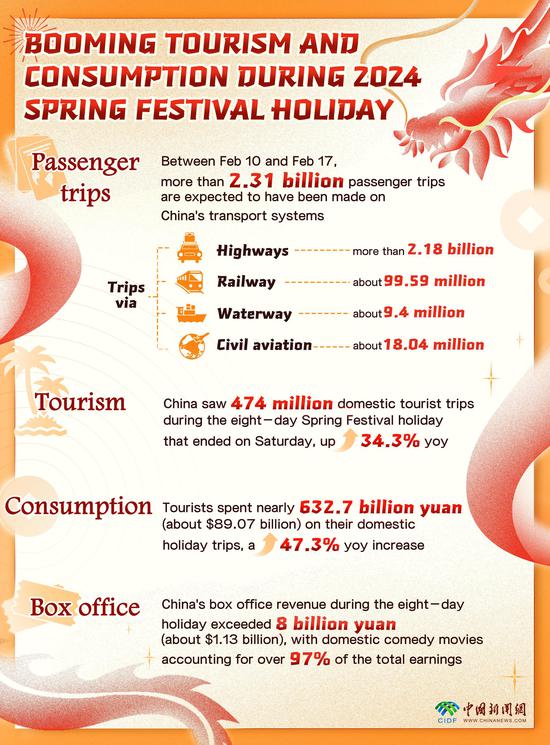
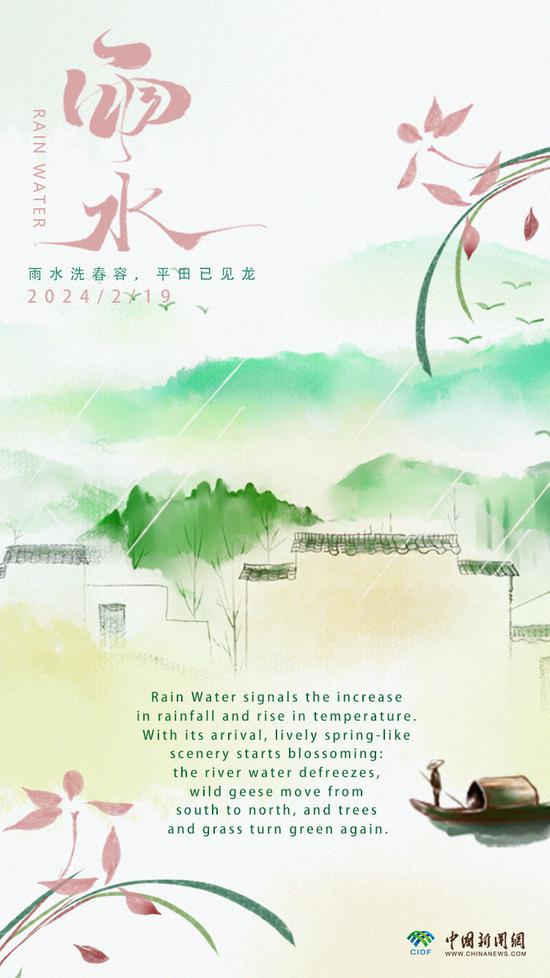


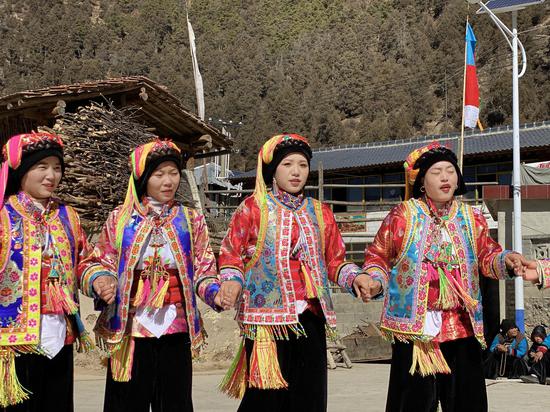



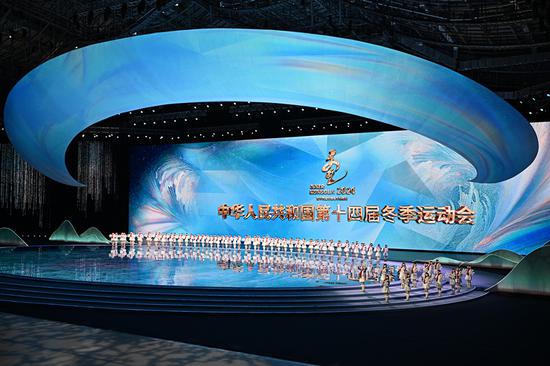
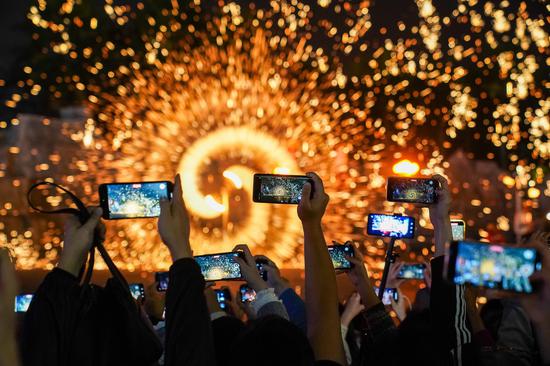
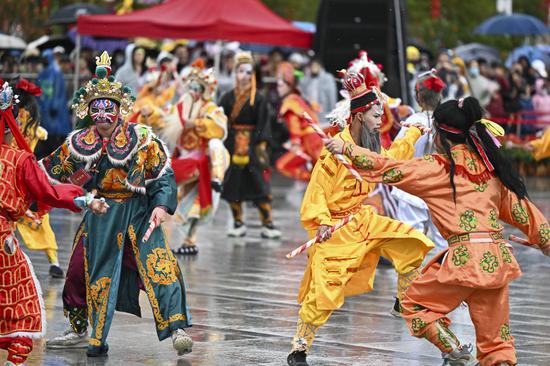
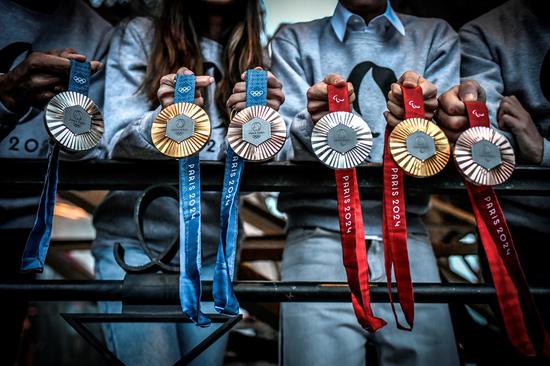
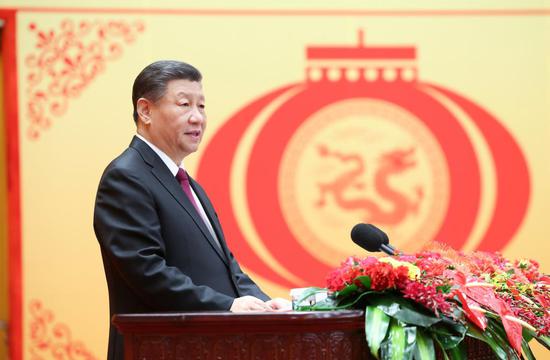
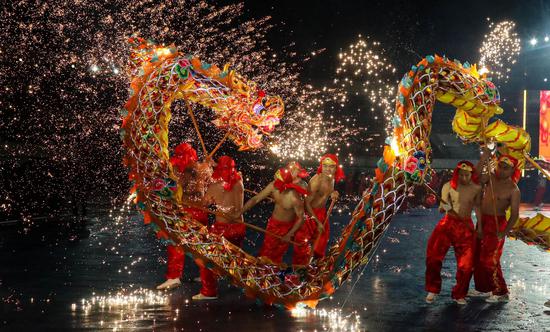

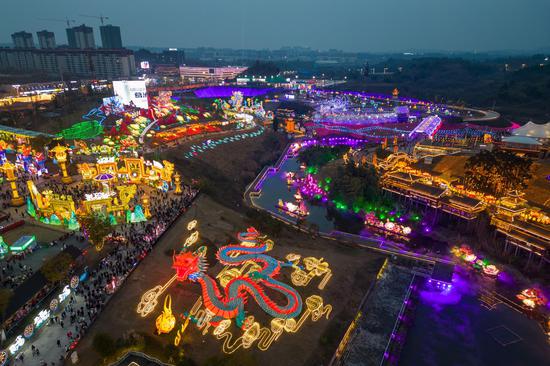

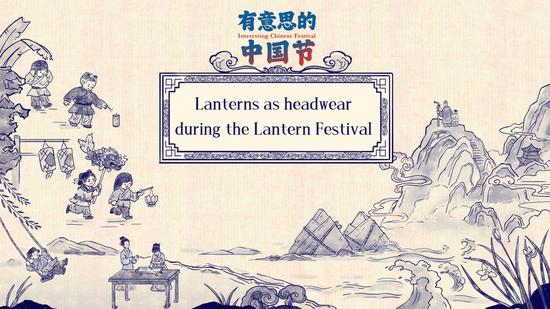

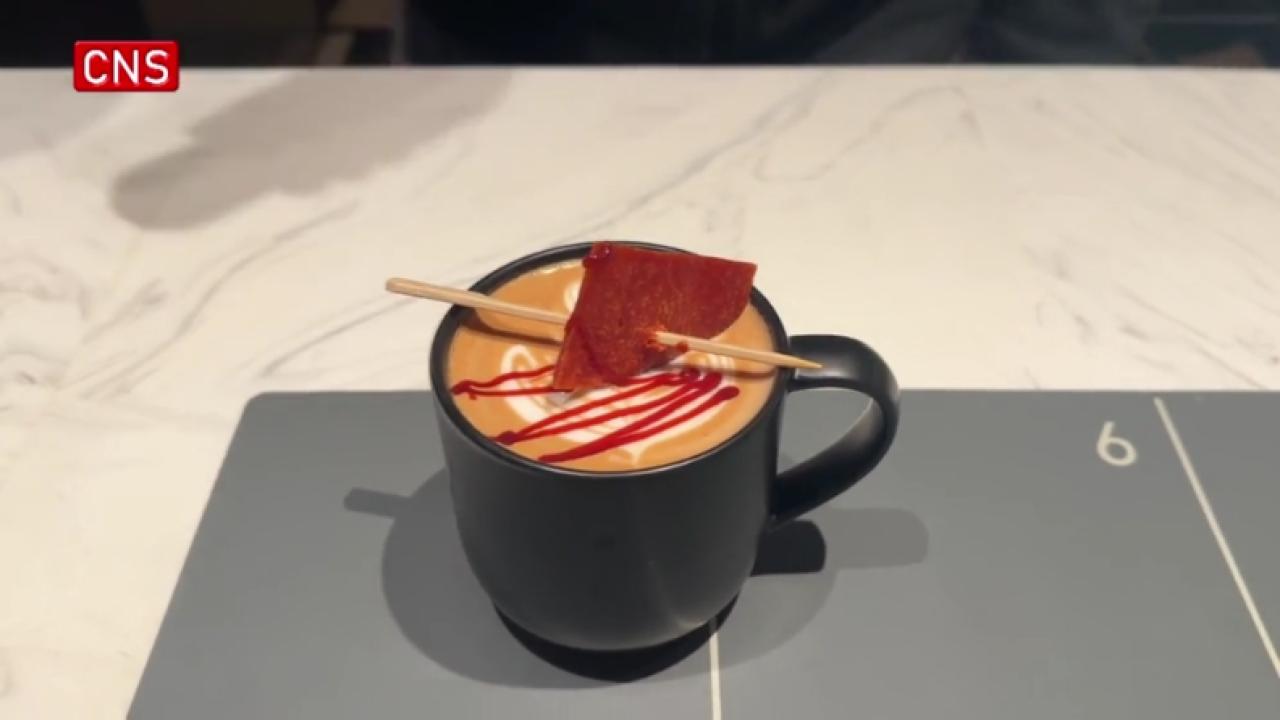

 京公网安备 11010202009201号
京公网安备 11010202009201号